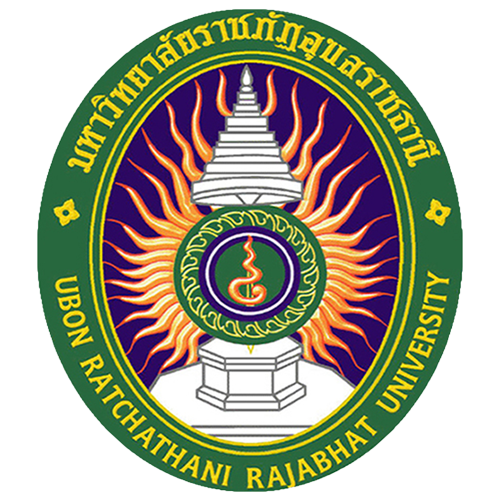Effect of backfat thickness on productivity performance in crossbred sows อุดมศักดิ์ นพพิบูลย์ จิระพันธ์ สุวรรธนะกุล และ อัฐภิญญา ทองแม้น
Main Article Content
Abstract
The objective of this research was to investigate the influence of sow backfat thickness on total number of piglet born (TB), number of piglet born alive (NBA), number of piglet stillbirth (NSB), number of piglet weaned (NPW), piglet birth weight (BW), average piglet birth weight (ABW), piglet weaning weight (WW) and piglet weaning weight (AWW). The 36 crossbred sows (Landrace x Large White or Large White x Landrace) were use and all sows received the same management during the studied period. The sow were classified into three groups based on their backfat thickness levels at P2: low (less than 8 mm), moderate (9-11 mm.), and high (more than 12 mm.). The results showed that backfat thickness of the sows at 109 days of gestation, 7, 14 and 21 days after weaning had non-significant on all traits (P>0.05). However, sows with high backfat thickness tended to have the high production performance. Thus, a high backfat thickness in sows could potentially be utilized as an effective criterion for selecting sows on the farm.


